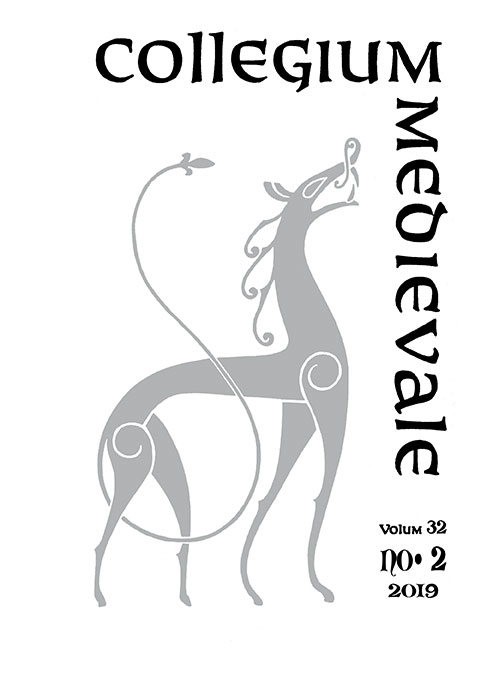Sammendrag
The article aims at elucidating the ambiguous role of the monarchic state in resolving and provoking conflicts in Norway and the royal Norwegian dependencies at the end of the high middle ages. The author has singled out five cases: one conflict among farmers, two disputes between individuals and a royal officer, and two cases of resistance against royal taxation, impositions and misrule. The examples illustrate how the monarchic state at the turn of the thirteenth century prescribed the grounds for how conflicts were to be resolved at all levels of society, and in all cases, public and private. However, in most matters conflict resolution was dependent upon communal co-operation. And, in conflicts between communities - local, regional or provincial - and authorities, both parties were obliged to act due to the law, at least in principle. Conflict resolution became judicial, so to speak, in all matters that needed publicity.
Forfattere beholder opphavsretten og gir tidsskriftet rett til første publisering av arbeidet. En Creative Commons-lisens (CC BY-SA 4.0) gir samtidig andre rett til å dele arbeidet med henvisning til arbeidets forfatter og at det først ble publisert i dette tidsskriftet.

